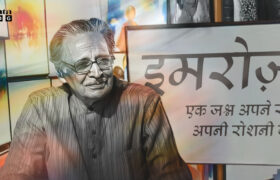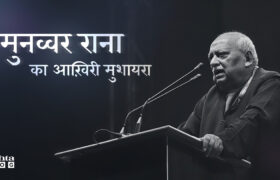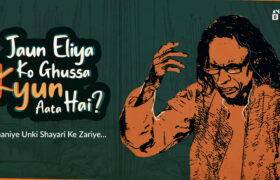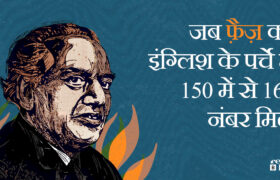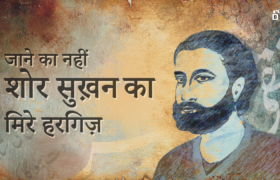इमरोज़-एक जश्न अपने रंग, अपनी रौशनी का
इमरोज़ की मिट्टी का गुदाज़, लोच और लचक देखकर हैरत होती है कि कोई इतना सहज भी हो सकता है। लोग जो भी बातें करते रहें, वो दर-अस्ल इमरोज़ को अमृता के चश्मे के थ्रू देख रहे होते हैं जबकि इमरोज़ किसी भी परछाईं से अलग अपने वजूद, अपने मर्कज़ से मुकम्मल तौर पर जुड़े रहे हैं।








